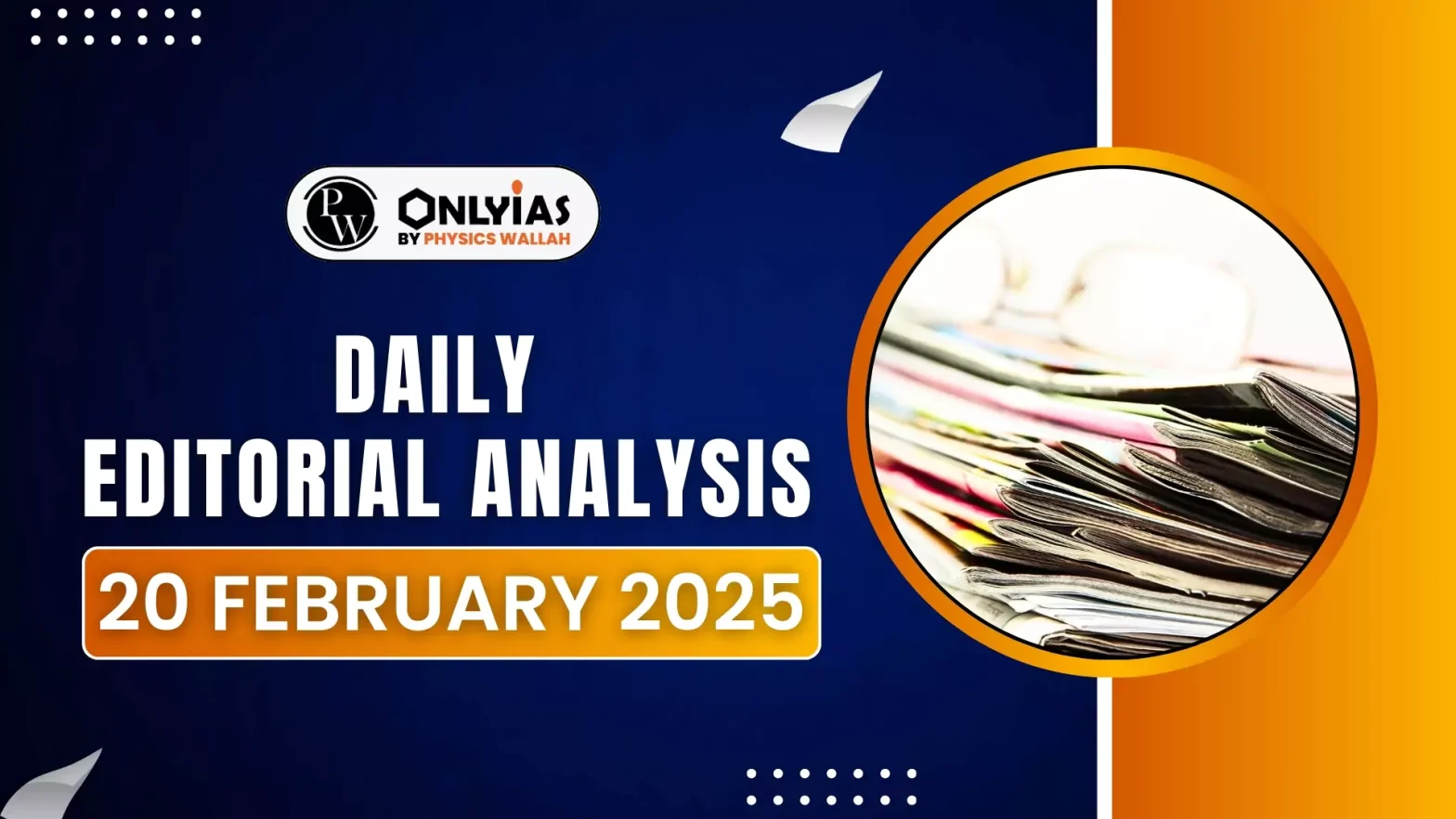U.S.-Russia Diplomatic Reset
- Revival :Talks in Riyadh mark the first major U.S.-Russia diplomatic interaction since the 2022 Ukraine invasion. Led by U.S. Secretary of State Marco Rubio and Russian Foreign Minister Sergei Lavrov.
- Key Agreements Reached: Restoration of diplomatic staffing at respective embassies, exploration of closer economic cooperation and formation of a high-level team to initiate peace talks on Ukraine.
- Policy Shift: U.S. President Donald Trump signals a potential meeting with Russian President Vladimir Putin to finalize the deal. Departure from the Biden administration’s strong support for Ukraine, including military aid and sanctions on Russia.
- New approach mirrors Henry Kissinger’s Cold War diplomacy, seeking rapprochement with Russia.
Implications of US Foreign Policy Shift
- Realist Approach: Trump views Russia as a diminished power, not America’s primary geopolitical challenger. U.S. Defence Secretary Pete Hegseth acknowledges Ukraine’s limited ability to reverse the war.
- Shift in focus from Russia to China, prioritizing a stable and predictable U.S.-Russia relationship.
- Impacts on Ukraine: Ukraine, having lost over 20% of its territory and thousands of soldiers, is left vulnerable. U.S. withdrawal from active support:
- Opposition to further American aid to Ukraine.
- NATO membership for Ukraine deemed impractical.
- Security responsibilities shifted to Europe, which remains divided.
- Concerns of Europe: Ukraine and European nations are sidelined in U.S.-Russia negotiations. Risk of proxy conflicts where smaller nations bear the brunt of great power diplomacy.
- A sustainable settlement should include all key stakeholders: the U.S., Russia, Europe, and Ukraine.
Conclusion
Trump’s Russia reset prioritizes stability with Moscow while shifting focus to China, leaving Ukraine in a precarious position. With the U.S. scaling back support, Europe remains divided, and Ukraine is excluded from key negotiations.
![]() 20 Feb 2025
20 Feb 2025

